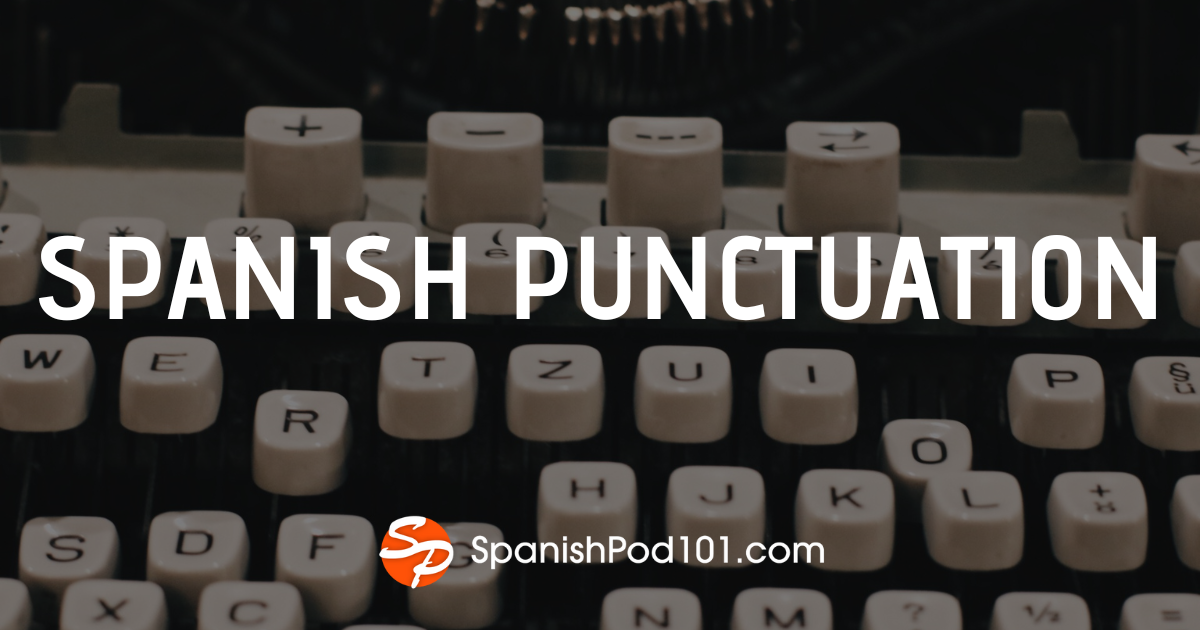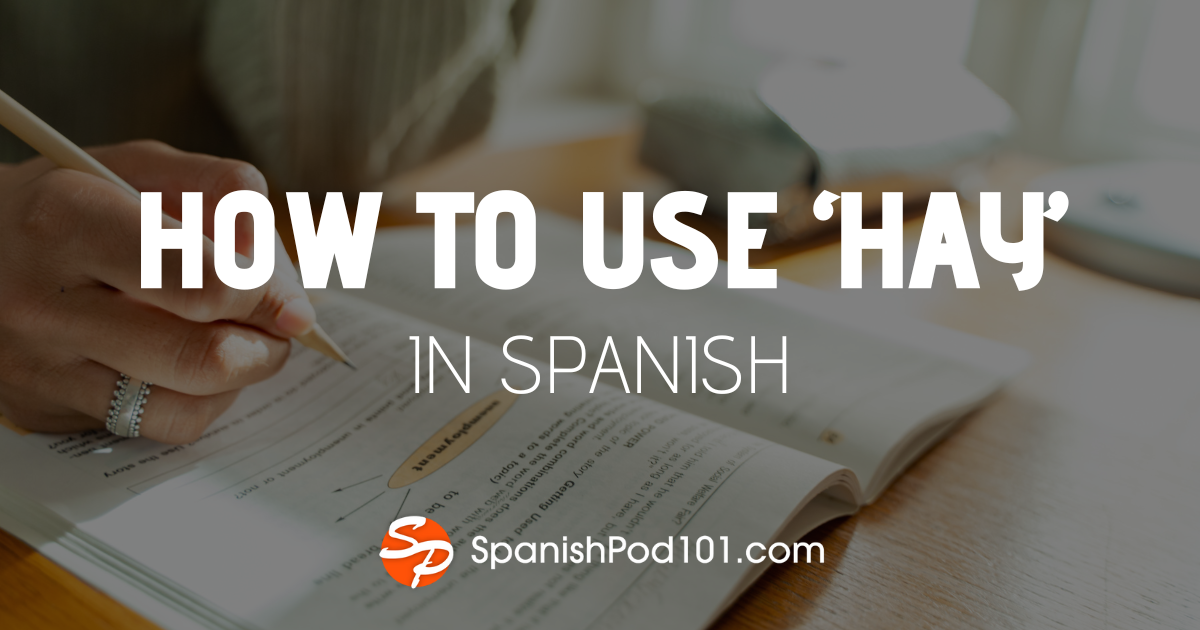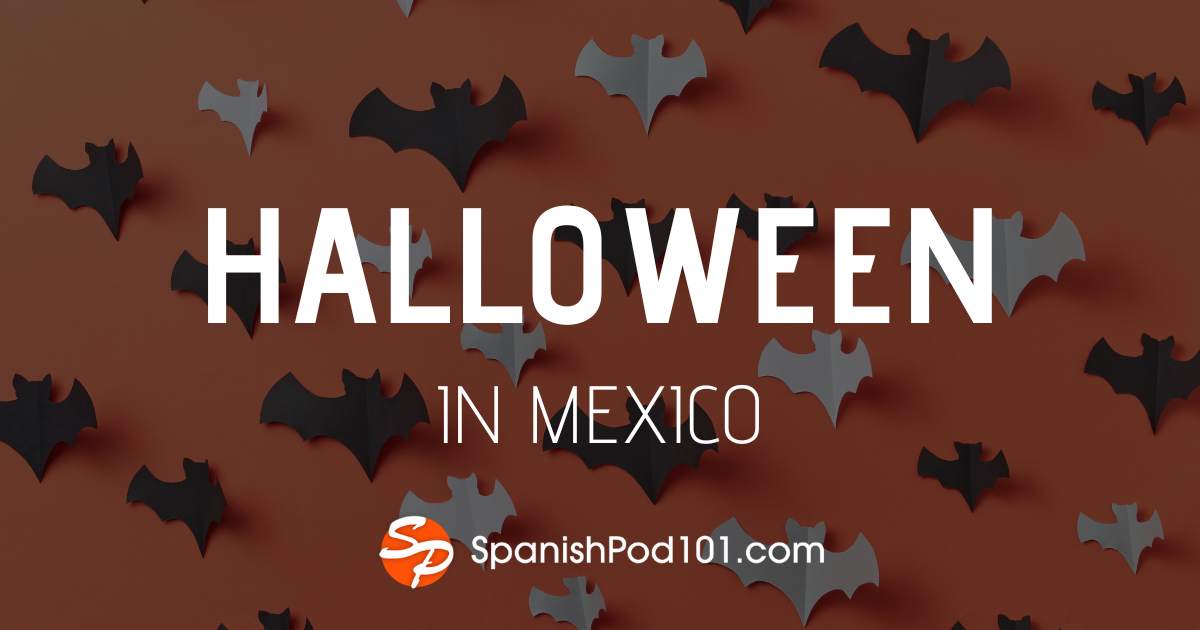Conjunctions in Spanish are a crucial part of learning Spanish. They allow you to connect your thoughts, make comparisons, and put sentences together.
Clarity is very important when you’re learning a new language. Not only because the other person will understand what you’re saying, but also because it will build your confidence.
Do you remember when you first decided to learn Spanish? You may still remember how frustrating it was to try having a fluid conversation with a native speaker. You were trying to find the small words to express yourself properly.
We all find ourselves saying: “I have a brother. I have a sister. I have a mother. I do not have a father.”
Well, this is what Spanish conjunctions will do for you. Learning Spanish conjunctions will help you string sentences together: “I have a brother and a sister and a mother, but I do not have a father.”
In this article, you’ll find our Spanish conjunctions list that will show you what small Spanish conjunction words can do for you.
Your thoughts will come out nicely, you’ll be easily understood, and your confidence will increase much faster since you’ll sound like, at the least, an upper-intermediate Spanish learner.
Table of Contents
- Spanish Conjunctions Review: What are Spanish Conjunctions?
- Spanish Conjunctions to Correlate Similar Thoughts
- Spanish Conjunctions to Express Condition
- Spanish Conjunctions to Express Cause
- Spanish Conjunctions to Express Opposition
- Spanish Adverbial Conjunctions
- Spanish Conjunctions that Offer Alternatives
- Spanish Subordinating Conjunctions
- Spanish Conjunctions that Allow You to Give Reasons
- Spanish Subjunctive Conjunctions
- Conclusion
1. Spanish Conjunctions Review: What are Spanish Conjunctions?
The first thing we do when trying to learn a new language is to put simple sentences together: “I want a coffee.” Now, it’s time for you to learn how to put these simple sentences together: “I want a coffee and a muffin,” or “I like muffins, but I prefer a cookie.” That’s what Spanish conjunctions are, and how they can help you.
A conjunction in Spanish is a word that helps you create relationships between words, phrases, clauses, and sentences.
Keep in mind that some conjunctions in Spanish may not have meaning by themselves. They have a different meaning in different contexts, which is why it’s important to know what their functions are and how to use them. Throughout this article, we’ll go over some Spanish conjunctions rules to give you a better idea about their use.
So let’s see some of them in our Spanish conjunctions list!
2. Spanish Conjunctions to Correlate Similar Thoughts
This is the most important—and easy—conjunction in Spanish: y, meaning “and.” It allows you to add more than one sentence together.
We actually overdo this Spanish conjunction quite often. Take a look at what we mean:
- Me gusta la comida española y la italiana y la francesa y la griega.
“I like Spanish food and Italian food and French food and Greek food.”
- Santiago pidió de comer y pagó toda la cuenta.
“Santiago ordered the food and paid the whole bill.” - El policía me pidió el carné, anotó mis datos y me puso una multa.
“The police officer asked for my licence, wrote down my information, and I got a fine.”
This use of this Spanish conjunction has an exception where you have to use e instead of y. They mean exactly the same thing, but if your next word or sentence starts with the vowel –i-, you have to use e instead of y.
Why? Well, –i– and –y– in Spanish sound the same, so you have to use –e– to emphasize that you’re adding more information. Let’s see how:
- María es guapa e interesante.
“Maria is beautiful and interesting.” - Daniel e Isabela se acaban de conocer.
“Daniel and Isabela just met each other.”
However, if the next word starts with –h-, although this letter has no sound in Spanish, you can use –y-.
- He comprado agua y hielo.
“I bought water and ice.” - El puente es de acero y hierro.
“The bridge is from steel and iron.”
3. Spanish Conjunctions to Express Condition
This is our English-Spanish conjunctions list for conjunctions that are used to express a condition. When you use these Spanish conjunctions, you’re expressing a specific condition that must be met for the rest of the sentence to be true or possible.
- Si: “If”
Si vas a ir al supermercado, compra leche.
“If you are going to the supermarket, buy milk.”
- En caso de que: “If”; “in case of”
This Spanish conjunction has the same meaning as the English word “if,” but in Spanish it’s used at the beginning of the sentence.
En caso de que decidas venir a la fiesta, compra más cervezas.
“If you decide to come to the party, buy more beers.”
- Como: “If”
We included this word to our conjunctions in Spanish list because in English, you can just use “if,” but in Spanish this word has a different meaning that the phrase above. You use como if you want to warn someone about something. Let’s see how:
Como no vengas a casa temprano, no sales mañana otra vez.
“If you don’t come home early, you won’t go out again tomorrow.”
- Siempre que: “If”; “provided”
Siempre que seas honrado todo te saldrá bien.
“Provided you are honest, everything will be fine.”
4. Spanish Conjunctions to Express Cause
These should be on your Spanish conjunctions worksheets because you need them to express the results and consequences of what you’ve said or done.
- Así que: “So”
Acabo de llegar a casa así que te llamo luego.
“I have just arrived home, so I will call you back later.”
- Luego: “So”
This Spanish conjunction may mean the same as Así que, but it’s less common. You’ll see it more in books or literary articles than in speech.
No tengo efectivo, luego no podré comprarme un café.
“I do not have cash on me, so I can’t buy myself a coffee.”
- De modo que: “So”; “so that”
Salgamos de casa ya, de modo que lleguemos temprano al cine.
“Let’s leave home now so we can arrive early for the movie.”
5. Spanish Conjunctions to Express Opposition
This conjunction list will help you express contrast.
- Pero: “But”
Voy a ir a tu fiesta pero primero tengo que ir a casa.
“I am going to your party, but I have to go home first.”
- Aunque: “Although”; “even though”
Seguiré buscando trabajo aunque sea difícil
“I will carry on looking for a job, even though it’s still difficult.”
- Sin embargo: “However”
Me gusta el helado, sin embargo prefiero el yogur cuando estoy en casa.
“I like ice cream; however, I prefer yogurt when I am home.”
- No obstante: “However”; “nevertheless”
Nos lo pasamos bien en la primera cita, no obstante, no la volví a ver.
“We had a good time on our first date; however, I didn’t see her again.”
- Por lo demás: “Otherwise”; “apart from that”
No creo que la conclusión esté bien; por lo demás, el ensayo está muy bien.
“I don’t think the conclusion was good; apart from the conclusion, the essay is fine.”
- Excepto: “Except for”
Me gustan todas las verduras excepto la patatas.
“I like all vegetables except for potatoes.”
6. Spanish Adverbial Conjunctions
Spanish adverbial conjunctions are also known as conjunctive adverbs. They’re adverbs with the characteristics and functions of conjunctions. They join two or more words together, and are used when you want to express the result, purpose, or consequences of something.
Adverbial conjunctions show continuity, joined under casual or situational dependence. The most-used adverbial conjunctions in Spanish are:
- Cuando: “When”; “if”; “as”; “whenever”
Toda la comida estaba preparada cuando tú llegaste.
“All the food was prepared when you arrived.”
- Mientras: “While”
Puedes ir comprando palomitas mientras compro las entradas.
“You can buy the popcorn while I’m buying the tickets.”
- Donde: “Where”
Vivo muy cerca de donde tú trabajas.
“I live pretty close to where you work.”
- Como: “As”; “like”
Tengo el pelo rizado como tu madre.
“I have curly hair just like your mom.”
7. Spanish Conjunctions that Offer Alternatives
These conjunctions in Spanish help you choose between different alternatives.
- O: “Or”
¿Quieres café o té?
“Would you like tea or coffee?”
- U: “Or”
U has the same function that o does, but it’s used whenever the next word starts with –o. This is just like the –e to –y rule from earlier in this article. They sound the same, so you have to change the Spanish conjunction to hear the alternative given.
¿Quieres ir a California u Orlando?
“Do you want to go to California or to Orlando?”
¿A qué hora comienza la película, siete u ocho?
“What time does the movie start, at seven or eight?”
8. Spanish Subordinating Conjunctions
Subordinating conjunctions in Spanish allow you to join an independent sentence with a dependent sentence.
A dependent sentence alone wouldn’t make any sense without the independent one, thus these Spanish subordinating conjunctions will help you make sense of the whole sentence, situation, or event.
- Porque: “Because”
No voy a ir al gimnasio porque me siento muy enferma.
“I am not going to the gym because I am not feeling well.”
- Pues: “Since”
Deberíamos ir a cine el miércoles, pues creo que es más barato que el sábado.
“We should go to the movies on Wednesday since I think it’s cheaper than Saturday.”
- Ya que: “Since”; “seeing that”
Voy a ir al mercadillo, ya que tengo que comprar verduras.
“I am going to the street market, since I have to buy vegetables.”
There are other synonyms with the same use as the ones above: dado que, por cuanto, a causa de que, por lo cual… They would be the same translations in English: “because,” “therefore,” “since…”
9. Spanish Conjunctions that Allow You to Give Reasons
This type of conjunction in Spanish allows you to give a reason for why something happens the way it does.
These useful Spanish conjunctions can help you answer the question ¿Por qué?, or “Why?” As for the first one on the list, you’ll simply use the two words together without the accent.
- Porque: “Because”
No voy a la fiesta porque tengo que trabajar mañana en la mañana.
“I am not going to the party because I am working tomorrow morning.”
- Ya que; puesto que; en vista de que: “Since”; “because”
No me he comprado un coche ya que no tengo dinero.
“I did not buy myself a car because I do not have any money.”
No vamos a ir al parque puesto que está lloviendo.
“We are not going to the park because it is raining.”
En vista de que no quieres comer nada, no te daré el helado tampoco.
“Since you haven’t eaten anything, I won’t give you ice cream either.”
- Pues: “Because”; “since”; “for”
Hemos decidido vender el coche, pues nos vamos a Inglaterra.
“We have decided to sell the car because we are going to England.”
- Como: “Since”
Es mejor que cambies de profesión, como has pensado empezar de nuevo.
“It’s better to change your profession since you’ve thought to start again.”
10. Spanish Subjunctive Conjunctions
With some Spanish conjunctions, the subjunctive is needed to express a hypothetical uncertainty as to whether an action or event will take place, or whether or not a situation will happen.
- A menos que: “Unless”
El gato se quedará dormido a menos que el ratón salga de su escondite.
“The cat will fall asleep unless the mouse gets out of its hideaway.”
- En caso (de) que: “In case”
Voy a dejar las llaves del coche en caso de que quieras usarlo.
“I am going to leave the car keys in case you want to use them.”
- Antes de que: “Before”
Antes de que salgas corriendo, déjame la comida preparada.
“Before you run out, leave the food ready for me.”
- Con tal de que: “So that”
Limpié la casa con tal de que no discutiéramos.
“I cleaned the house so that we wouldn’t fight.”
- Para que: “So that”
Voy a ir a supermercado para que tengas pan para mañana.
“I am going to the supermarket so that you have bread for tomorrow.”
- Sin que: “Without”
Habían pasado tres semanas sin que Juan viera a Silvia.
“It had been three weeks without Juan seeing Silvia.”
11. Conclusion
Do you want to sound like a confident Spanish speaker? After this article, and lots of practice with important Spanish conjunctions, you will! These basic Spanish conjunctions will help you link different parts of sentences together. You can use them to include ideas in your sentences, or to exclude them. You have to be very clear about that; after this post, you get it, right?
Here at SpanishPod101, you can find many resources, forums, and even a Spanish conjunctions worksheet for extra Spanish conjunctions practice to help you learn at your own speed. Why don’t you give it a try? You lose nothing and gain more knowledge about our Spanish conjunctions list.
Happy learning!


















